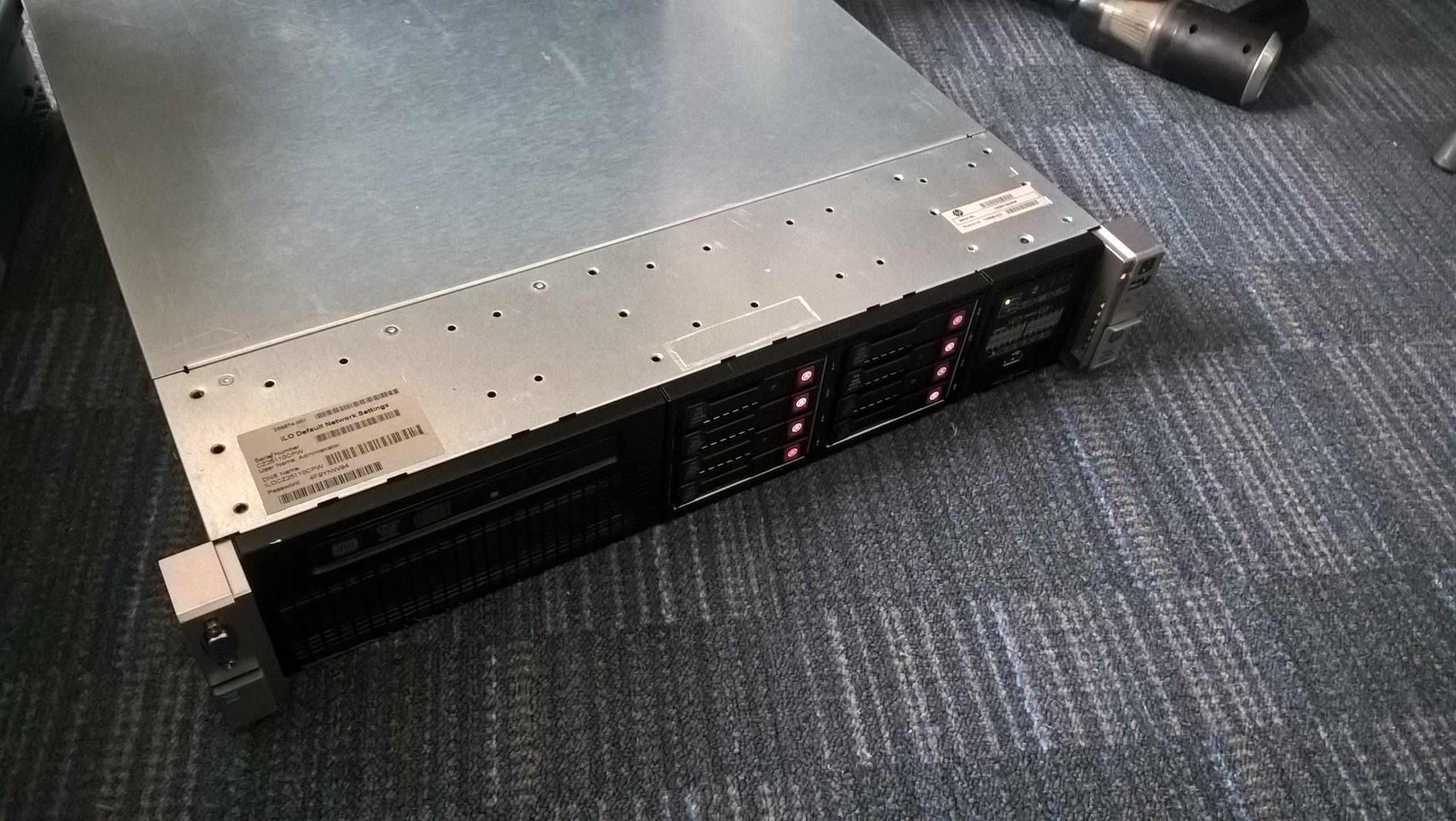Understanding Google’s Innovative Security Approach: The Automation Revolution
In a recent deep dive into Google’s security operations, I was struck by the company’s unique methodology and the striking statistics surrounding their security management. It turns out that an astounding 97% of security events at Google are handled automatically, leaving human analysts to address only 3%. This reveals not only the scale of automation involved but also the effectiveness of their processes.
Key Insights from Google’s SecOps
Several points from Google’s SecOps report truly highlight their forward-thinking strategies:
-
Efficient Management of a Vast Linux Infrastructure: Google’s detection team oversees the largest Linux fleet in the world, managing to keep average dwell times down to mere hours. This is significantly more efficient than the industry standard, which often stretches into weeks.
-
Integrated Roles for Detection Engineers: One of the most fascinating aspects of Google’s approach is that their detection engineers are responsible for both writing and triaging alerts. This integrated role eliminates the traditional segmentation of roles within the team, fostering a more cohesive workflow.
-
Leveraging AI for Enhanced Productivity: Google has successfully reduced the time spent on drafting executive summaries by 53%, thanks to the implementation of artificial intelligence. Remarkably, this improvement has not come at the expense of quality, showcasing the potential of AI in streamlining operations.
What resonates deeply with me is Google’s transition of security from a typically reactive function to an engineering-focused discipline. This shift emphasizes the importance of automation and coding skills, challenging the long-standing belief that traditional security roles alone can safeguard an organization.
The Future of Security Roles
As we observe these trends, one has to wonder whether we might see a future where conventional security positions evolve into more technical engineering roles. Will the demands of cybersecurity inevitably drive this change?
For those who are passionate about cybersecurity insights and trends, I invite you to subscribe to my weekly newsletter tailored for cybersecurity leaders. You’ll find more valuable discussions and analyses just like this one: Subscribe Here.
Join the conversation on the evolving landscape of cybersecurity and the transformative potential of automation!
Share this content:




Thank you for sharing this insightful article on Google’s security operations and their impressive use of automation. As a support engineer, I recommend exploring some practical steps to leverage similar automation strategies within your environment:
If you need assistance integrating AI-driven automation or optimizing your security workflows, feel free to reach out. I can help guide you through selecting suitable tools or developing custom automation scripts to enhance your security posture.